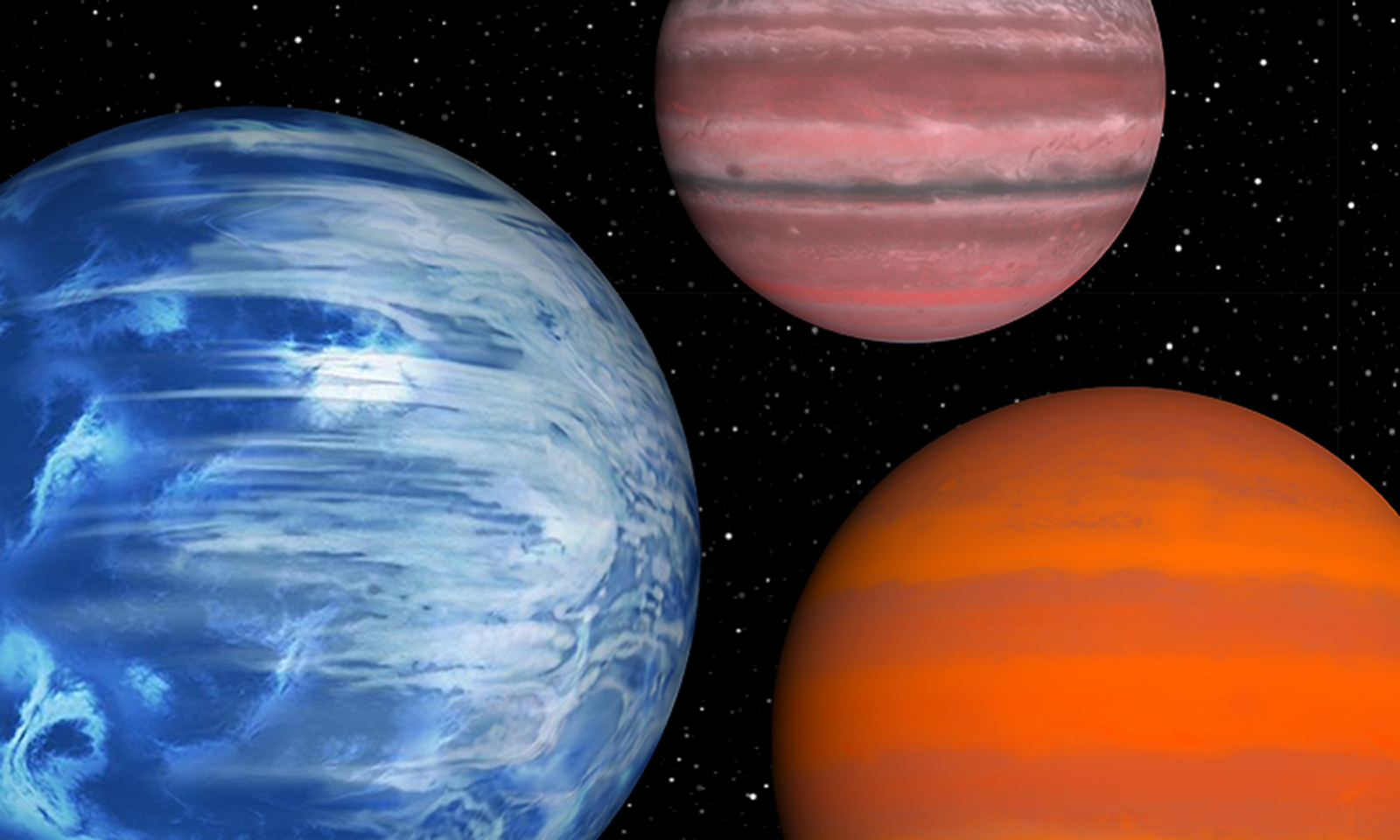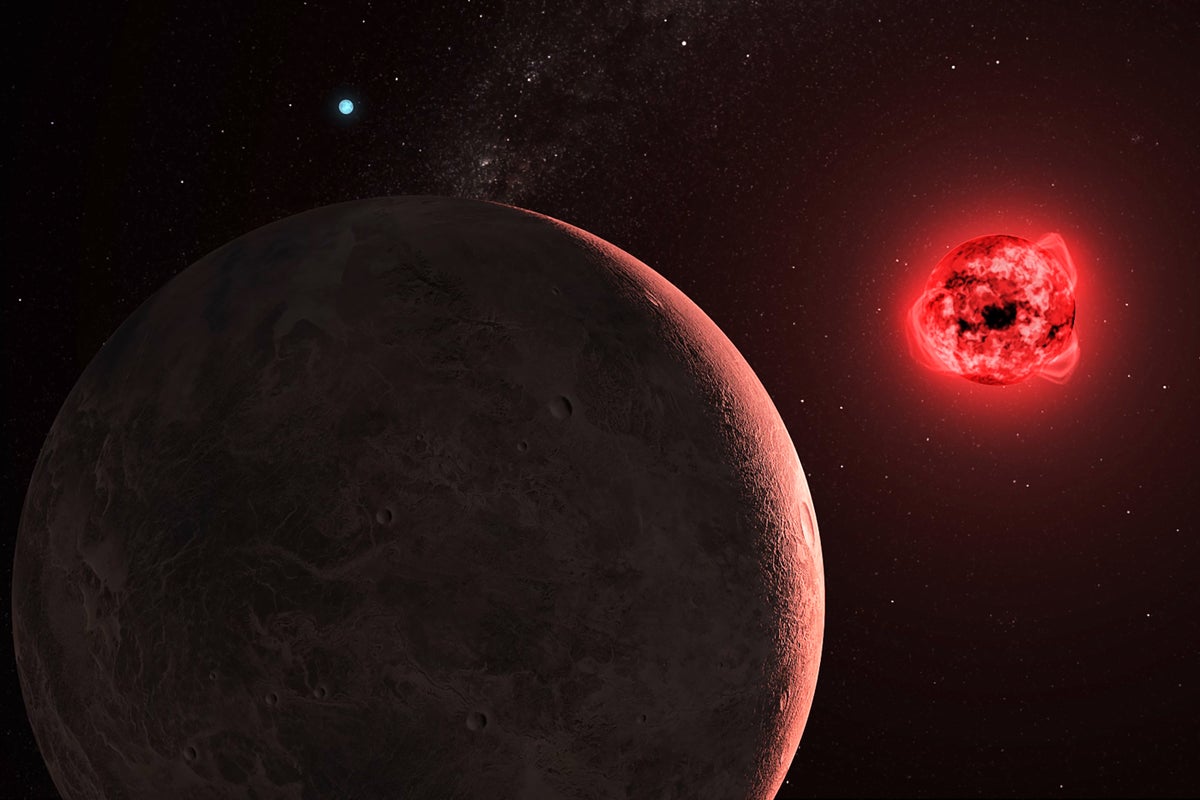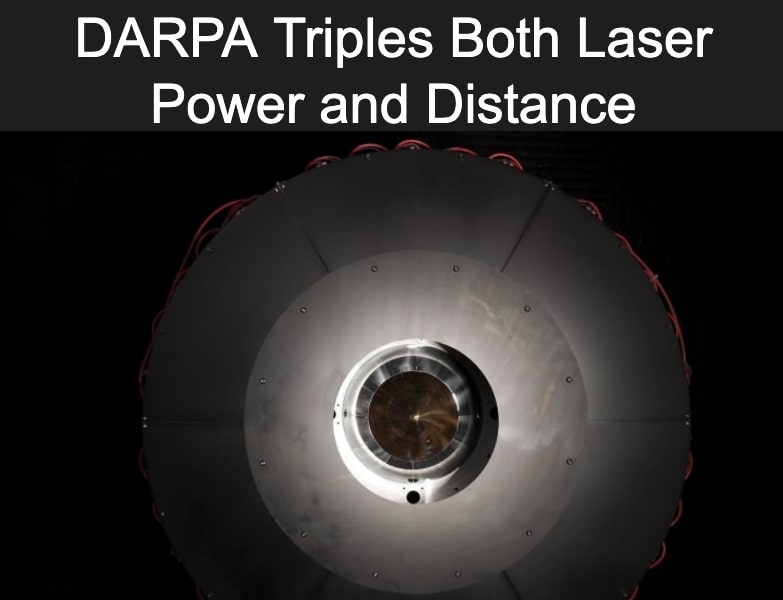Swift Summary The article explores seven planets with the most extreme and bizarre climates in the universe. Neptune: characterized by supersonic winds (1,200 mph), diamond rain, and chilling temperatures (-396°F).
Hot Posts4034- Page
Swift Summary: NIRPS (Near-infrared Planet Searcher) is advancing the search for Earth-like planets around red dwarf stars, using high-precision measurements in near-infrared wavelengths. Red dwarfs, or M dwarfs, are abundant
Swift Summary In 2020, the world produced enough calories to feed 15 billion people, but only 50% reached peopleS plates. Rising meat and biofuel production are major contributors to the
Speedy Summary Phantom limb sensations, where amputees experience feelings in missing limbs, have long fascinated scientists and were first documented in teh 16th century. Recent research published in Nature Neuroscience
Speedy Summary Ecologist Mark Vellend argues that evolution is a universal process influencing not only biology but also technology, economies, and cultures. In his book Everything Evolves, vellend advocates for
Fast Summary Earth’s atmosphere consists of five layers; the mesosphere (50-85km above ground) remains understudied due to difficulty in placing stable monitoring systems. The mesosphere, often called the “ignorosphere,” impacts
Quick Summary Microplastics and Antibiotic Resistance: Microplastics serve as hotspots for bacterial biofilms, fostering gene exchange that contributes to antimicrobial resistance. Global Antimicrobial resistance Crisis: In 2019, antimicrobial resistance was
Quick Summary SpaceX successfully launched its Starship spacecraft on August 26, 2025, after three prior failed attempts. The launch included the “Super Heavy” booster reaching an altitude of 119 miles
Quick Summary DARPA’s Persistent optical Wireless Energy Relay (POWER) program broke records by transmitting 800 watts of power via laser over 8.6 kilometers (5.3 miles) for 30 seconds, surpassing previous
Swift Summary Astronomers analyzed the spectroscopic data from asteroid (142) Polana using NASA/ESA/CSA James Webb Space Telescope. The study compared Polana’s data with samples from near-Earth asteroids Bennu (101955) and





















